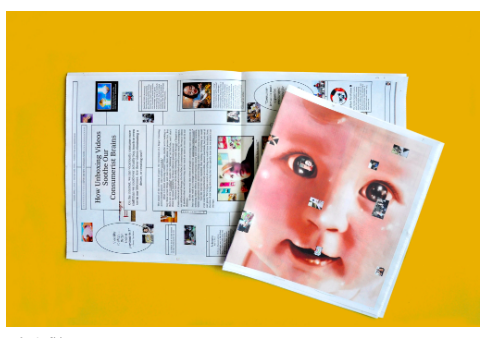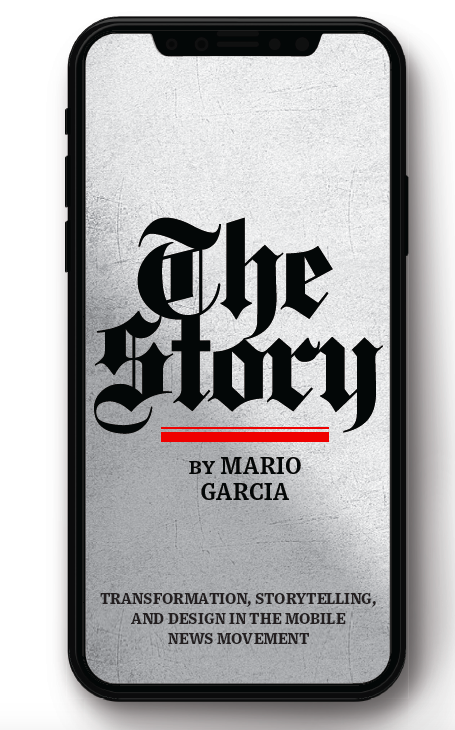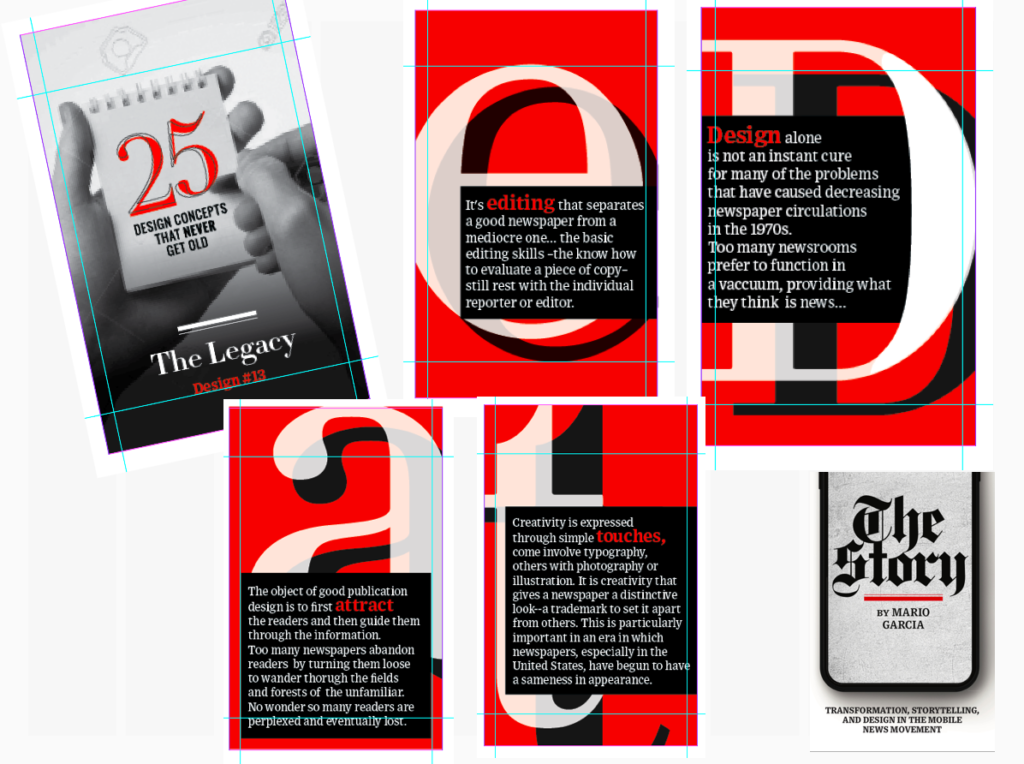Reporting this week from Dusseldorf and Berlin.
I admit that my first encounter with Internetting, a Sunday April 7 print publication inserted into The New York Times, was rather casual. True, I am a subscriber to the Sunday Times print edition, delivered to my door on the Upper East Side of Manhattan punctually about 6 each Sunday morning. I always look forward to it when I am home. When I am not, the paper gets delivered to my neighbors Karen and Abe. It is a nice arrangement, as I am not home many Sundays, and they love the Times. Well, I happened to be home April 7, but the doorman had “checked me out” so the paper went to my nice neighbors.
That is why my first vision of Internetting was when my friend and colleague, the designer Ina Saltz, pulled it out of her bag as she complained about it: ” I have no idea what this is, take a look,” she told me as we got into the elevator in Pulitzer Hall at the Columbia University School of Journalism, where Ina was paying a visit as a guest speaker. Take a look at the cover of the supplement here:

I took one look at it and could not make much of what seemed to content that had been packaged inside boxes, some with connecting lines. It was only later, after class, that I took a look, then saw an article in the Times explaining the behind the scenes of Internetting.
Coincidentally, the Times article was written by Andrew Sondern, a young print designer whom I had the pleasure of meeting last month as part of the research for my mobile storytelling book, The Story. Andrew is a smart, analytical designer with whom I could have talked for hours. In fact, our conversation was about the dance that takes place when projects that are planned for digital must also be accommodated in print. That is what I have written about for the book. It is exactly part of what Andrew refers to in this piece, although the stories that he and I discussed were well adapted from print to digital, unlike Internetting which was, well, a different story, as we shall see. Here is how Andrew explained his role with Internetting:
As an art director for the print edition of The New York Times, I often find myself adapting digital projects for the newspaper, and it feels a bit like that. I end up thinking a lot about how information is consumed and interpreted in different ways when its form is altered.It’s not that the medium is the message; it’s that the medium is a container and shapes the message to its contours.
Video content in print?
The challenge of Internetting was an impossible one from the start: to take videos and translate its content into print. Specifically, the Times team set out to take elements from a 10-part video series hosted by Amanda Hess decoding the culture of the internet.

Indeed, I must praise those involved in translating Internet videos to print and they get an A+ for effort. This should have been better left alone.
I also wonder what type of reaction the Times got from readers.
Ina Saltz was not the only one who was confused by Internetting. In fact, Stephen E Arnold, writing for Dark Cyber, described it as “just an artifact of a newspaper adrift in a digital sea.”
Frankly, I am not sure what the heck the section was designed to convey. I did spot an info bubble that informed me: A video print adventure through a Jacques Derrida-inspired project. ….. A Saturday Night Live sketch gone wrong?
My take
Let each platform do what it can do best. And, indeed, there are digital ideas and concepts that transfer well from digital to print, as the Times has demonstrated with its concept for pages A2-A3 in the print edition, totally inspired by the successful digital briefings.
However, videos don’t transfer well to print, just as they don’t to radio.
Explore possibilities for how stories can carry the same look and feel, and communicate a sense of belonging to a specific publication, regardless of platforms. Concentrate on how to make the content of a good story resonate in both digital and print. But there is less translating and more adapting when this happens successfully.
Tune in Thursday
While Internetting may not have been the most logical way of bringing elements of digital to print, the Times normally does it right, as we will see in my Thursday blog, when we dissect a recent photo essay from the archives that ran efficiently well across platforms.
Pre-order The Story

The newspaper remains the most powerful source of storytelling on the planet. But technology threatens its very existence. To survive, the Editor must transform, adapt, and manage the newsroom in a new way. Find out how, pre-orderThe Story by Mario Garcia, chief strategist for the redesign of over 700 newspapers around the world.

Order here:
https://thaneandprose.com/shop-the-bookstore?olsPage=products%2Fthe-story

An interview of interest
http://www.itertranslations.com/blog/2019/3/11/fd60ybflpvlqrgrpdp5ida5rq0c3sp
TheMarioBlog post #3031